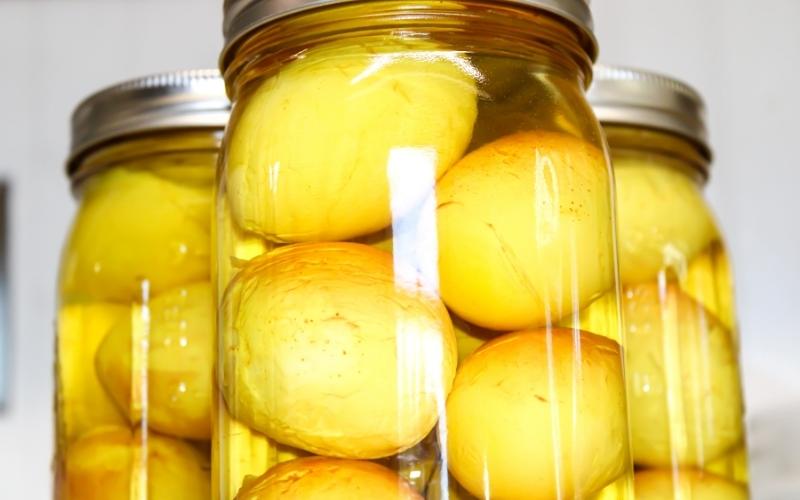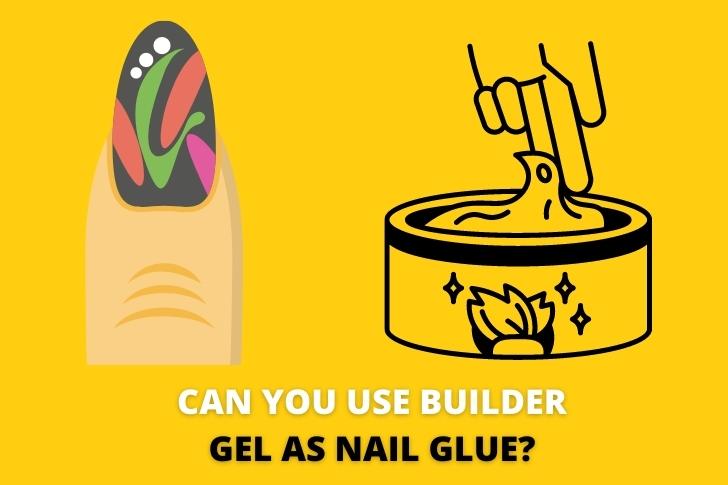Nail art has become a significant trend, with countless designs and techniques making it accessible and enjoyable for people of all ages.
One popular method is Polygel nails, which are known for their durability and versatility. But when it comes to young enthusiasts, particularly 12-year-olds, the question arises: Can a 12-year-old get Polygel nails?
This blog post delves into the various aspects of this question, considering the safety, appropriateness, and parental concerns surrounding young individuals getting Polygel nails.
What are Polygel Nails?
Polygel nails are a hybrid of acrylic and gel nails, combining the best qualities. They are lightweight, flexible, and more natural-looking than traditional acrylics.
Polygel is applied using a special brush and cured under a UV or LED lamp. This method provides a durable and long-lasting finish, making it a favorite among many nail enthusiasts.
Safety Concerns
Chemical Exposure: Polygel nails, like other nail enhancements, involve chemicals. The application process requires using a monomer liquid, which can emit fumes.
Prolonged exposure to these chemicals might pose health risks, especially for young children whose bodies are still developing.
UV/LED Light Exposure: Curing Polygel nails requires UV or LED lamps. Concerns about the potential risks of UV light exposure include skin damage and an increased risk of skin cancer.
Although the exposure during nail curing is minimal, it’s a consideration for young children with more sensitive skin.
Nail Health: Applying and removing Polygel nails can affect the natural nails. Overfilling can thin out the natural nail, making it weaker and more prone to damage.
This could result in long-term damage for a 12-year-old, whose nails are still developing.
Parental Considerations
Parental Consent: Many nail salons have policies requiring parental consent for minors. This ensures that parents are aware of and agree to the procedure their child is undergoing, and it also serves as a protective measure for the salon.
Age Appropriateness: Parents often question whether it’s appropriate for a 12-year-old to have Polygel nails.
At this age, children are still discovering their personal styles and preferences. While nail art can be a fun form of self-expression, some parents might feel that Polygel nails are too mature for their child.
School Policies: Another factor to consider is the school’s policy on nail enhancements. Some schools have strict guidelines regarding nail length and the type of nail art allowed. Parents should check with their child’s school to avoid any potential issues.
Psychological and Social Aspects
Peer Pressure: At 12, children are susceptible to peer pressure and may want Polygel nails because their friends have them.
While it’s important for children to feel included, it’s also crucial to teach them to make decisions based on their own preferences and not solely on what others are doing.
Self-Expression: Nail art can be a wonderful way for young individuals to express themselves creatively.
Allowing a 12-year-old to get Polygel nails, under appropriate guidance and supervision, can be a positive experience. It can boost their confidence and allow them to explore their artistic side.
Alternatives to Polygel Nails
If Polygel nails seem too mature or pose too many risks, several alternatives can still provide fun and aesthetic appeal without the potential downsides.
Press-On Nails: These are a great temporary option. They come in various sizes and designs and can be easily applied and removed. They do not involve chemicals or UV exposure, making them safer for young children.
Nail Wraps: Nail wraps are adhesive strips that can be applied to the nails. They offer a wide range of designs and are easy to apply and remove. Unlike poly gel or acrylic nails, nail wraps are less likely to damage natural nails.
Regular Manicure: A simple manicure with nail polish can be a safer and age-appropriate alternative. It allows for creative expression without the potential risks associated with nail enhancements.
Conclusion: A Balanced Approach
Deciding whether a 12-year-old can get Polygel nails involves balancing safety, appropriateness, and personal preferences. Here are some key takeaways for parents:
- Assess the Safety: Understand the risks associated with Polygel nails, including chemical exposure and nail health. Consult with a reputable nail technician to ensure the process is done safely.
- Parental Consent and Supervision: Always accompany your child to the nail salon and provide consent if required. Ensure that the salon adheres to hygiene standards and uses quality products.
- Consider Alternatives: Explore safer alternatives such as press-on nails, nail wraps, or a simple manicure. These options can still provide the desired aesthetic without the associated risks.
- Educate Your Child: Use this opportunity to teach your child about making informed decisions. Explain the importance of considering safety and appropriateness, and help them understand that self-expression can be achieved in various ways.
- Monitor and Maintain: If you allow Polygel nails, ensure proper maintenance and care. Educate your child on how to protect their nails and encourage regular breaks from nail enhancements to allow their natural nails to breathe healthily.
Ultimately, the decision should be based on a thorough understanding of the potential risks and benefits, as well as considering your child’s maturity and the appropriateness of the procedure.
By taking a balanced approach, you can ensure that your child enjoys their nail art experience safely and responsibly.








Leave a Reply